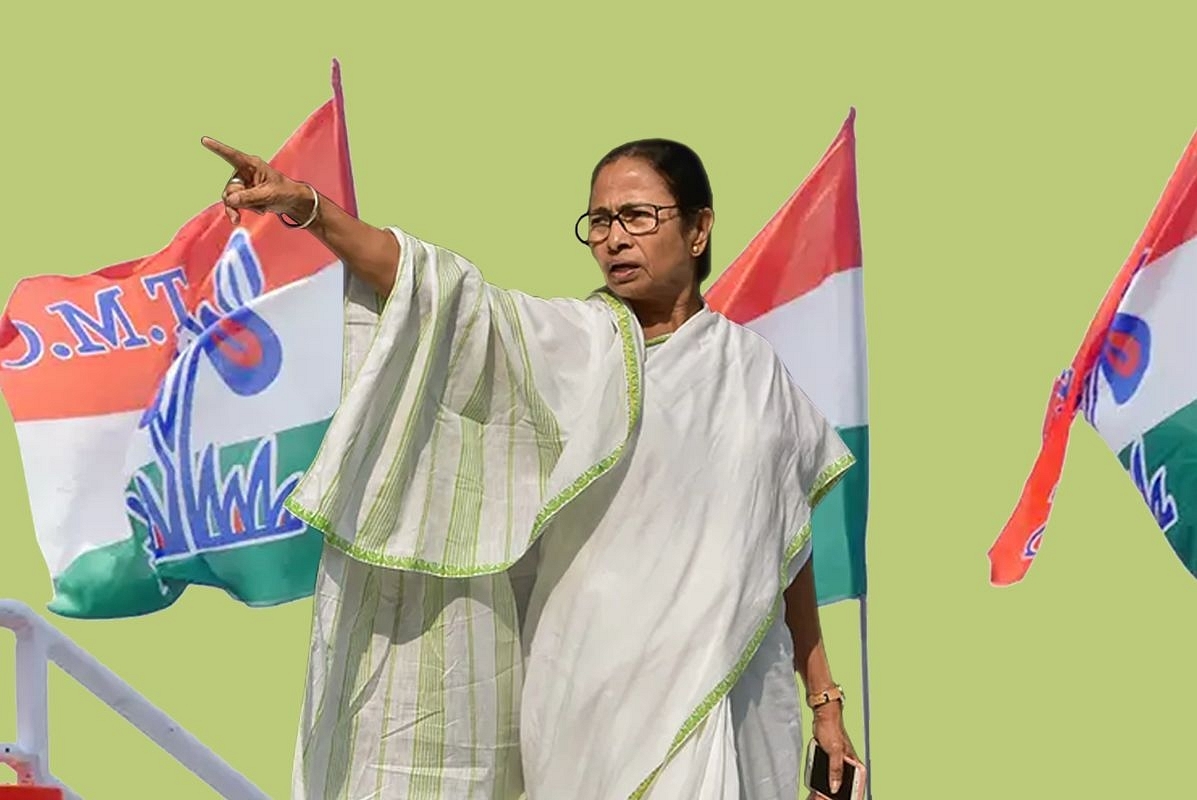News Brief
Mamata Banerjee’s Plans To Relax Coronavirus Lockdown For Bengali New Year Could Spell Disaster
- Why is Mamata Banerjee so eager to repeat the tragic mistake committed by China?

Bengal Chief Minister Mamata Banerjee.
Bengal Chief Minister Mamata Banerjee seems hell-bent on repeating China’s tragic mistake that accelerated the spread of the deadly coronavirus and cost thousands of lives.
While the Chinese allowed their traditional New Year’s celebrations in mid-January this year, Banerjee also announced on Wednesday that she would consider relaxing the ongoing lockdown to allow Bengalis to celebrate Pohela Boishakh (the Bengali New Year).
Pohela Boishakh falls on 14 April, and the present lockdown until April 15 would not allow Bengalis to observe the festival. But Banerjee feels Bengalis ought to be allowed to celebrate the important festival, which is essentially a spring harvest festival.
Speaking to media persons on Wednesday, Banerjee said that the National Disaster Management Act, 2005, under which the Union government imposed the lockdown until 15 April, allows states some leeway on deciding on implementing some provisions.
She reasoned that since the act was invoked without consulting the states, hence the states could decide individually on implementing certain provisions of the act.
Banerjee said that the “situation” would be reviewed after 31 March.
“The state government has powers to announce relaxations to the lockdown. Pohela Boishakh comes within the regulation period. But we may consider it (relaxing the total lockdown) after taking stock of the situation on 31 March,” she was quoted as saying in this news report in The Times Of India.
According to senior state administration officials close to the Chief Minister, Banerjee is of the opinion that if a large number of fresh Covid-19 positive cases are not detected in Bengal after 31 March, and if there are no signs of community transmission of the virus, a stringent and total lockdown is unnecessary.
Banerjee is said to be of the opinion that normalcy should be restored in stages from the first week of April if the pandemic appears to be under control.
“She says the poor are suffering a lot and such a long lockdown is totally unnecessary,” said a senior state official.
Pohela Boishakh celebrations are also weighing heavily on Banerjee’s mind. She feels Bengalis ought to be allowed to celebrate the occasion, albeit with some restrictions.
Bengal’s retail trade, which makes for a large chunk of the state’s economy, is heavily dependent on the huge volume of sale — especially of garments and foodstuff —in the run up to the Pohela Boishakh.
Lakhs of traders, especially small and medium-scale ones, are dependent on ‘Chaitra Sales’ (chaitra being the last month of the Bengali calendar year when people buy clothes, household furnishings and foodstuff before the New Year’s celebrations on the first day of Boishakh).
If the lockdown continues until April 15, all these traders and retailers will suffer huge losses. As will lakhs of garments dealers and small and medium-scale manufacturers. Banerjee wants to prevent this.
But relaxing the lockdown would amount to repeating the same tragic blunder that China committed in January this year. It allowed people to celebrate the Chinese New Year and travel freely within the country as well as abroad.
That is what caused rapid transmission of the virus within China and to countries like Italy that received huge numbers of Chinese tourists.
The spring harvest festival is also celebrated in Odisha as Pana Sankranti, in Assam as Bohag Bihu, in Punjab as Baisakhi, in Kerala as Vishu, and as Puthandu in Tamil Nadu. But the chief ministers of none of these states have spoken of relaxing the lockdown to allow people in their respective states to celebrate the festival.
For all those chief ministers, safety gets priority over celebrations.
Support Swarajya's 50 Ground Reports Project & Sponsor A Story
Every general election Swarajya does a 50 ground reports project.
Aimed only at serious readers and those who appreciate the nuances of political undercurrents, the project provides a sense of India's electoral landscape. As you know, these reports are produced after considerable investment of travel, time and effort on the ground.
This time too we've kicked off the project in style and have covered over 30 constituencies already. If you're someone who appreciates such work and have enjoyed our coverage please consider sponsoring a ground report for just Rs 2999 to Rs 19,999 - it goes a long way in helping us produce more quality reportage.
You can also back this project by becoming a subscriber for as little as Rs 999 - so do click on this links and choose a plan that suits you and back us.
Click below to contribute.
Latest